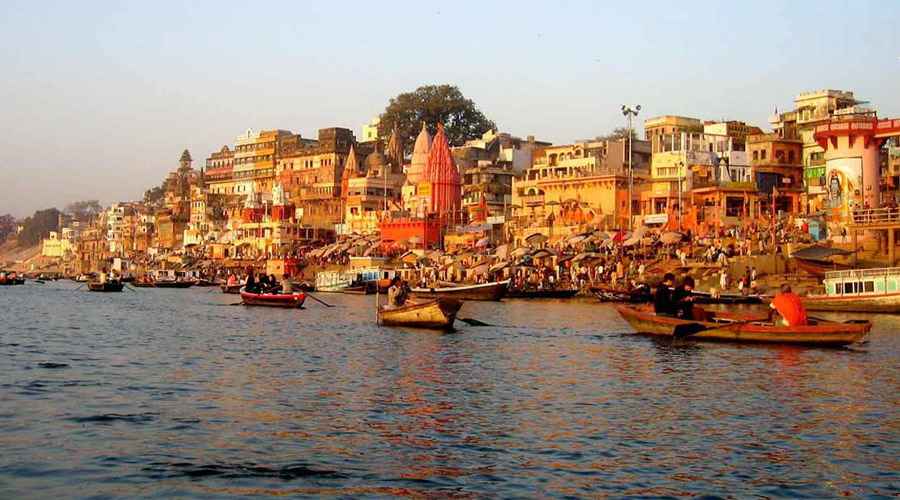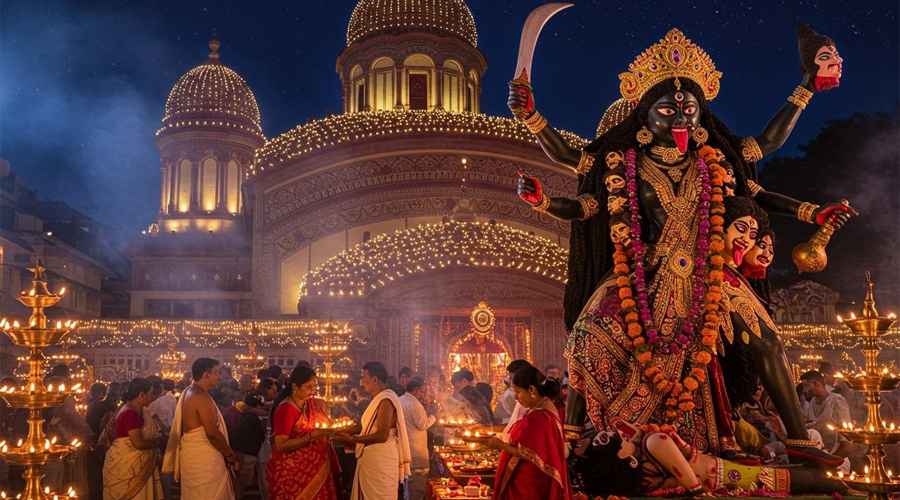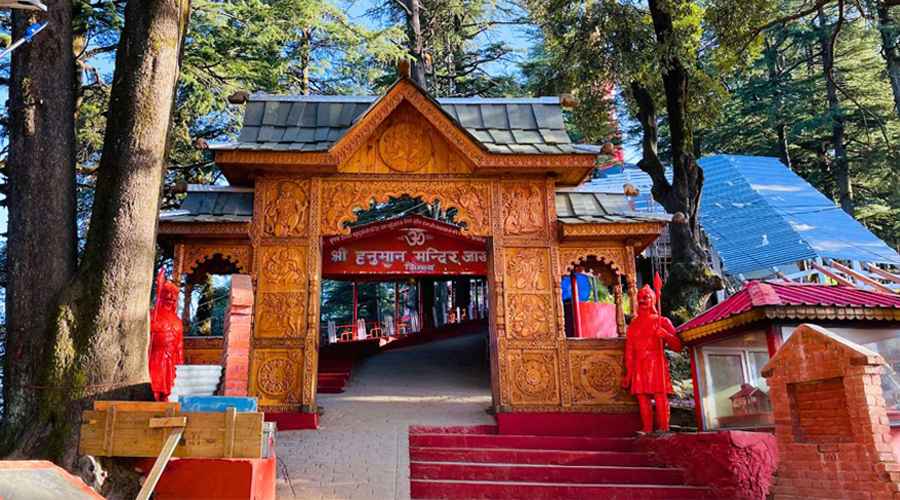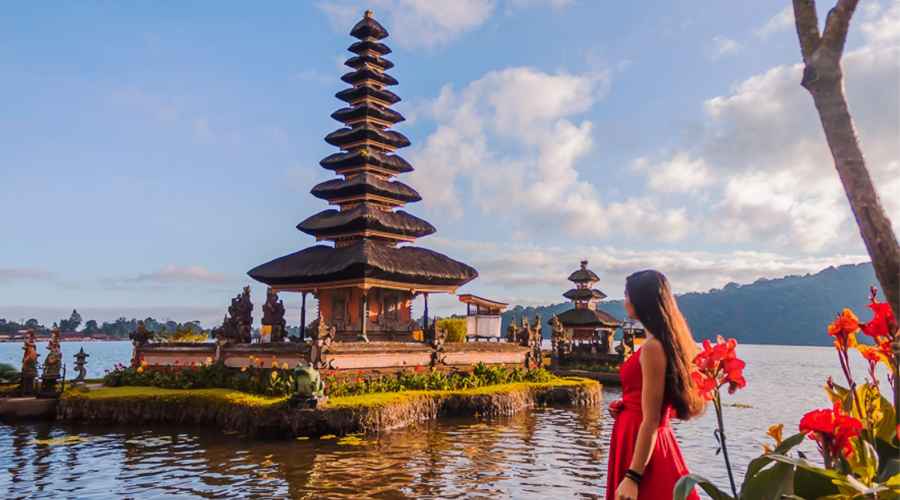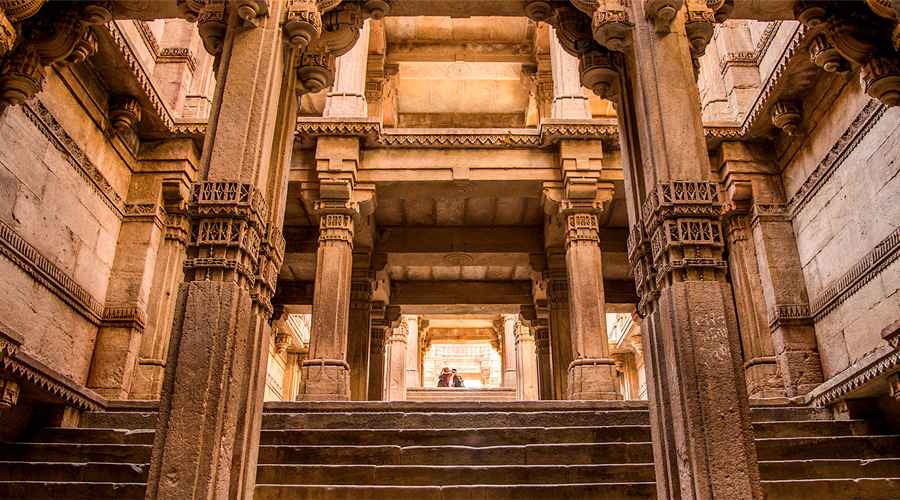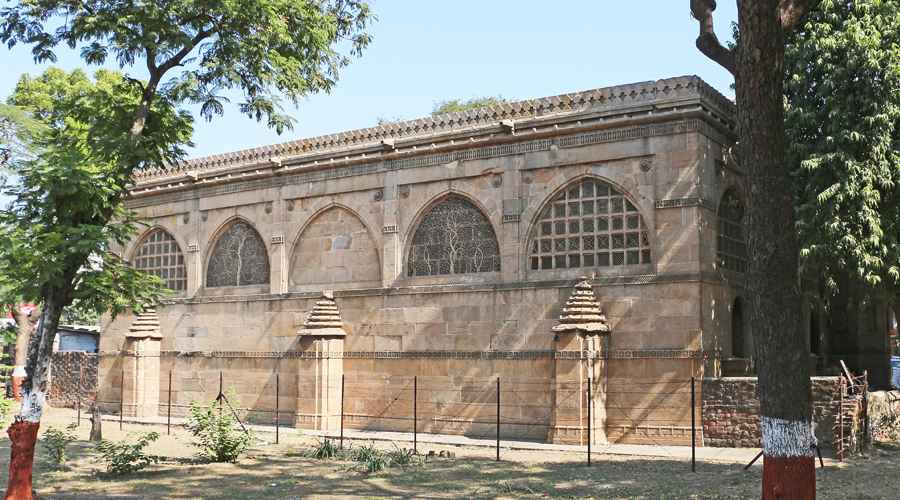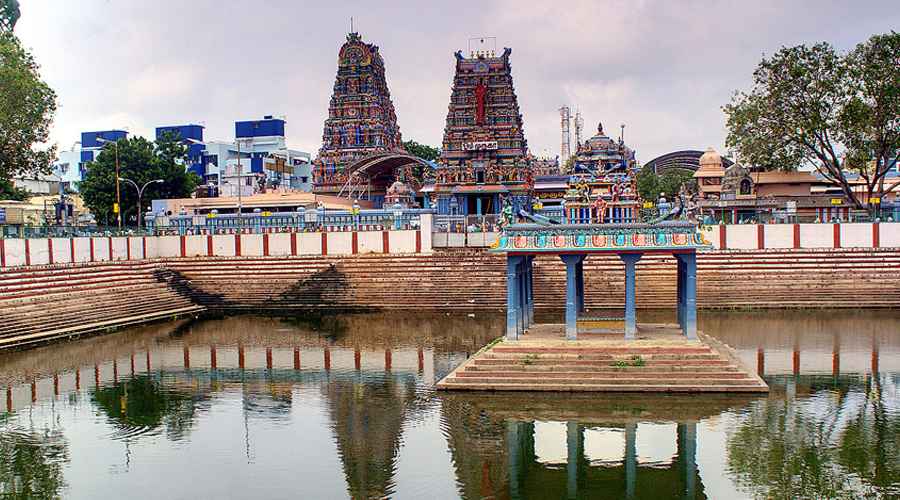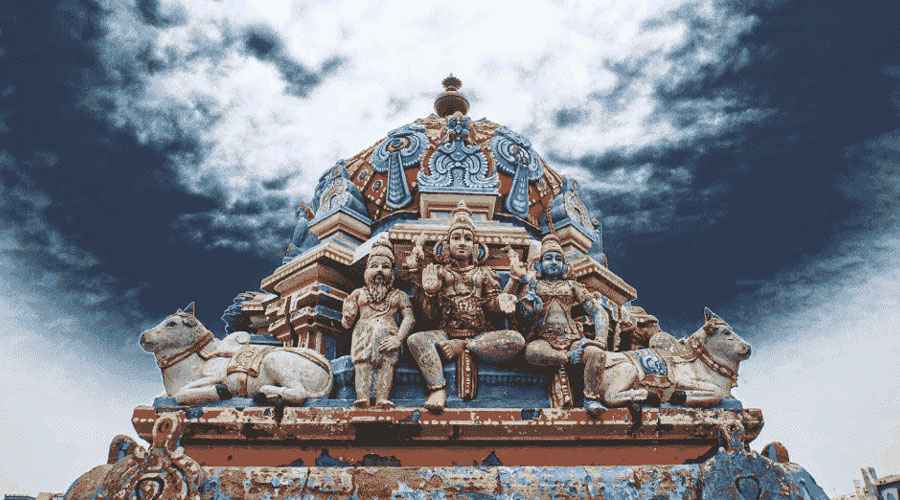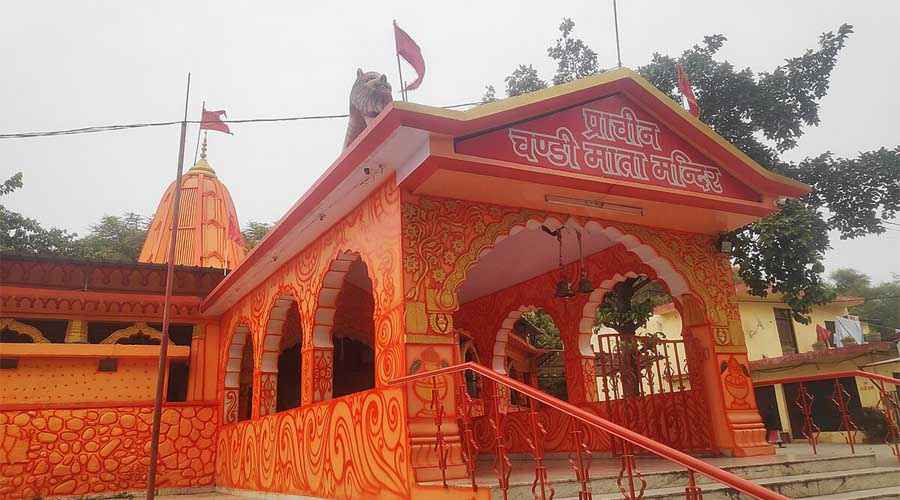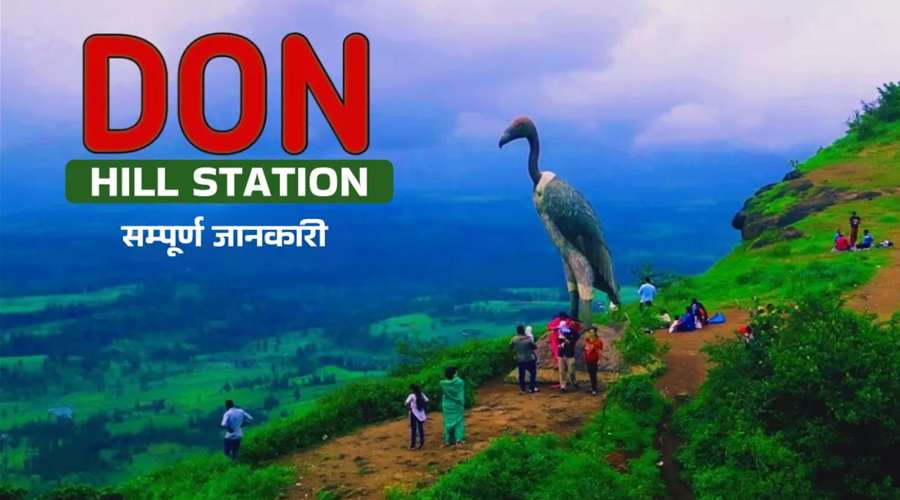Dashashwamedh Ghat is one of the oldest, most sacred, and busiest riverfront ghats along the Ganges in Varanasi, Uttar Pradesh. Revered as a focal point of spirituality, history, and culture, this ghat embodies the vibrant core of Banaras’s ritual life, drawing pilgrims, tourists, and seekers from across the world.
The Etymology and Mythological Significance
The name “Dashashwamedh” stems from Sanskrit: “dash” meaning ten, “ashwa” meaning horse, and “medh” meaning sacrifice. Legend holds that Lord Brahma performed a grand Dashashwamedh Yajna (horse sacrifice ceremony) here to welcome Lord Shiva to earth. Another version narrates that the ghat marks the spot where ten horses were sacrificed by Brahma, thereby sanctifying the site eternally. Due to this mythological act, Varanasi (Kashi) is considered one of the most sacred cities in Hindu cosmology.
A different strand of history attributes the ghat’s ritual origins to the Bharashiva kings of the Naga dynasty, who are believed to have conducted ten ashvamedha yagnas on this part of the Ganges after their conquests in the second century CE, further cementing the ghat’s sacred status in later centuries. Ancient scriptures also refer to the original site as Rudrasaras, and it is mentioned in revered Hindu texts, including the Matsya Purana.
Historical Chronology and Development
Though the ghat’s origins are shrouded in the mists of antiquity, the current architectural form dates primarily to the 18th century. Peshwa Balaji Bajirao, a prominent Maratha ruler, rebuilt the ghat in 1735–1748, followed by further reconstruction by Queen Ahilyabai Holkar of Indore in 1774. These renovations imparted structural stability and aesthetic grandeur via stone steps, shrines, and decorative cornices. The most recent government-led restoration of the ghat steps occurred in 1965.
Today, Dashashwamedh Ghat’s strategic location near the iconic Kashi Vishwanath Temple ensures it bustles relentlessly. Pilgrims gather at the ghat not only for ritual bathing but also as part of their broader devotional journey that includes darshan of Lord Shiva’s jyotirlinga.
Daily Rituals and the Ganga Aarti Spectacle
Perhaps the most emblematic ritual of Dashashwamedh Ghat is the evening Ganga Aarti, a deeply evocative daily ceremony that attracts hundreds of devotees and tourists.
Shortly after sunset, priests garbed in saffron or cream-colored silk dhotis perform the aarti with multi-tiered brass lamps, conches, bells, incense, and chants. The proceedings are synchronised to devotional hymns and the undulating rhythm of the Ganges, with each movement choreographed to perfection. Plumes of sandalwood smoke, flickers of oil lamps, and cascading flower petals create an ethereal atmosphere. The ritual typically lasts for 45 minutes, though the schedule varies seasonally—from roughly 7pm in summer to 6pm in winter.
On major festivals like Kartik Purnima, Dev Deepawali, and Maha Shivaratri, the aarti is even more elaborate, drawing tens of thousands of peoples. The sight of hundreds of diyas—tiny oil lamps—set afloat on the Ganges, their flames bobbing in the twilight, is considered one of the most breathtaking spiritual experiences in India.
Social and Cultural Role
Dashashwamedh Ghat has always been a vibrant stage for Banaras’s living traditions. In the early mornings, you’ll see people performing ablutions, offering prayers, practicing yoga, and sometimes engaging with sadhus and ascetics. The ghat is a meeting ground of Vedic traditions, philosophical debates, and classical music recitals.
Not only is the ghat an essential pilgrimage destination, but it is also a melting pot of learning and culture. Sages, teachers, and devotees gather here for satsangs (spiritual discourses), and research scholars often chronicle the philosophical evolution of Hinduism by observing daily life on the ghats. Artists, both Indian and international, come here seeking inspiration from the interplay of light, color, and ritual.
Touristic Appeal and Heritage Conservation
Dashashwamedh Ghat is one of Varanasi’s primary tourist attractions, forming an unmissable part of any itinerary for visitors hoping to understand India’s spiritual inheritance. Riverboat rides launched from the ghat afford sunrise or sunset panoramas of the city’s riverfront, past the domes and minarets of old temples and the living tapestry of daily ritual. At festival times, the ghat teems with color, sound, and festivity, revealing the unbroken continuity of ancient traditions.
Accessibility to Dashashwamedh Ghat is straightforward; it is located 1.2km from Kashi Vishwanath Temple, about 4.5km from Varanasi Junction Railway Station, and roughly 25.5km from the airport. The approach from Godowlia—the heart of Varanasi’s labyrinthine alleys—adds to the anticipation.
Spiritual Symbolism and Living Traditions
Beyond the spectacle, Dashashwamedh Ghat is a symbol of the river’s life-giving and redemptive powers. Devotees take ritual baths here, believing that a dip at this particular ghat cleanses all sins and opens the path to moksha (liberation). Numerous shrines dedicated to deities, such as Shiva, Ganga, and Surya, cluster along the upper steps, their walls echoing with ancient prayers.
The ghat is also the site for significant Hindu rites: pitru tarpan (offerings to ancestors), shraddh (death anniversary ceremonies), and vivaha (weddings), among others. These ceremonies affirm the Hindu philosophical worldview that sees life and death as intimately entwined—a theme that underpins much of Varanasi’s social and spiritual identity.
Dashashwamedh through the Ages: Enduring Legacy
Despite natural calamities, political upheavals, or the steady march of modernization, Dashashwamedh Ghat has stood resolute as a focal point of faith. The ghat’s architecture, festivals, and rituals collectively attest to the enduring vibrancy of Indic civilization. Even during moments of tragedy—such as the low-intensity blast in 2010 that shook parts of the ghat during the aarti—the community’s resilience and belief in the sanctity of the place have been unwavering.
Cultural events, heritage walks, and conservation efforts continue to safeguard the ghat’s architectural and intangible legacy, ensuring that newer generations remain connected to its mythic and historical roots.
Conclusion: The Soul of Varanasi
To experience Dashashwamedh Ghat is to step into a continuum where mythology and history merge with everyday ritual. It is the spiritual and cultural soul of Varanasi—a microcosm of India’s quest for meaning, transcendence, and unity with the divine. Here, the ancient Ganges flows as it always has, carrying with it the prayers and aspirations of generations, and Dashashwamedh Ghat stands as both witness and participant in this timeless journey.
